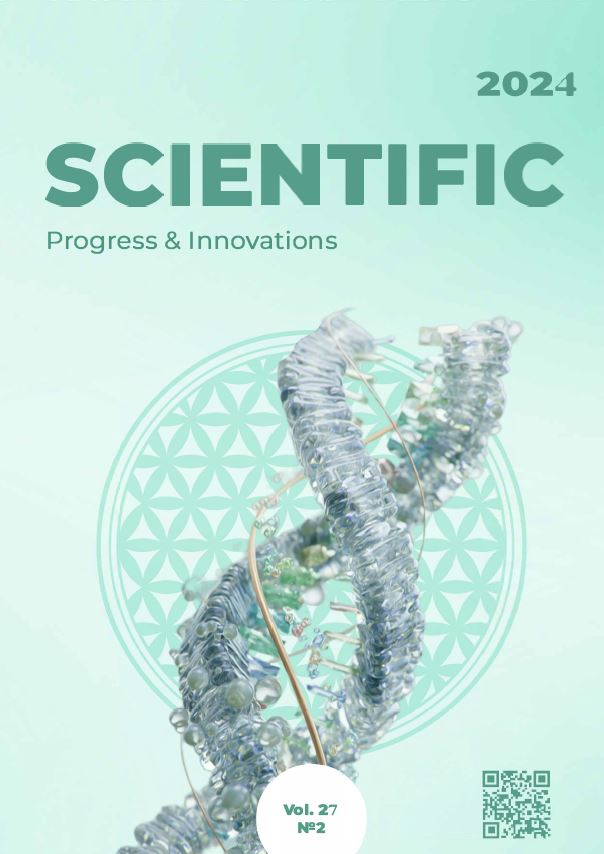Radiation monitoring and comparative analysis of morphoimunological indicators of blood in cows during long-term exposure to small radionuclide doses
DOI:
https://doi.org/10.31210/spi2024.27.02.13Keywords:
cows, radiation pollution, morphology, 137Cs, 244Pu, radionuclidesAbstract
Radioactive pollution of the area and biological objects occurs as a result of exposure to radioactive substances, so-called radionuclides. According to the research of a number of authors, it was established that long-term exposure to ionizing radiation in small doses causes various non-specific reactions that are characteristic of the variable stages of the adaptation syndrome and, in turn, promotes the development of compensatory reactions of various body systems. In order to study the influence of such radiation factors as radionuclides 137Cs and 244Pu on the functional state of the natural resistance of cattle, the contamination of the territory, pastures and rations with radionuclides in the farms of the Podil region of the Khmelnytskyi region was determined and compared, the peculiarities of the functional state of the natural resistance of cattle in farms with different intensity of radioactive pollution using radiological, hematological, morphological and biochemical methods of blood research. It was established that radioactive cesium and plutonium had a negative effect on the functional condition of cattle. The morphological parameters of the blood of the experimental animals were within the physiological norm, but in the cows of the III group they were reduced compared to the animals of the I group, which were located on farms with a level of radionuclide pollution lower than 40 kBq/m2. In the leukogram, significant changes were observed in the blood of animals from farms with an elevated radioactive background. According to indicators of the cellular factor of protection of the body, a probable decrease (Р>0.95) of the phagocytic activity of neutrophils was observed in cows from the area contaminated with radionuclides and a marked decrease in the phagocytic intensity of neutrophils (Р>0.95). Analyzing the changes in the biochemical parameters of the blood of experimental animals, a decrease in the content of hemoglobin and total serum protein, albumins and β-globulins was observed, with an increase in the concentration of α- and γ-globulins. In blood smears, in the cells of the leukocyte series, pronounced morphological deviations in the cellular composition of the blood compared to the norm were observed. In the field of view of the microscope, lysis and hypochromatosis of the nuclei of rod-nucleated and segmented neutrophils, vacuolization of nuclei and an increase in the number of chromatin grains in the nuclei of lymphocytes, hypersegmentation and fragmentation of the nuclei of pseudoeosinophils, and an increase in the number of chromatin in lymphocytes are clearly visible.

 Creative Commons Attribution 4.0 International Licens
Creative Commons Attribution 4.0 International Licens